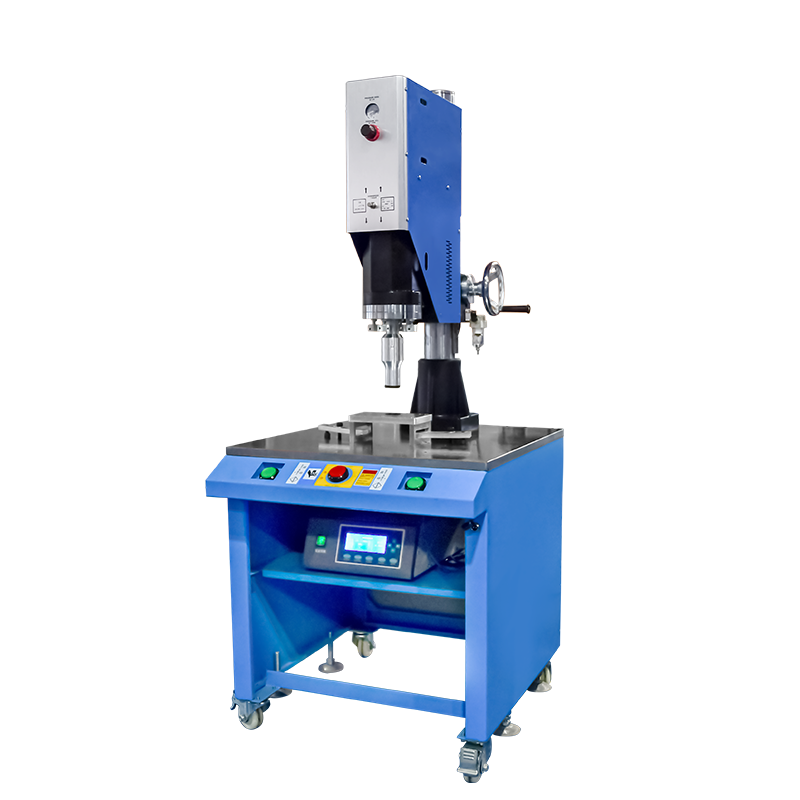Plastic materials: Ultrasonic welding is particularly common in the connection of plastic materials, including but not limited to ABS, Acetal, PPS, PS, HIPS, PC+ABS, PBT, PPE, PPO, PSF, PE, PC, PA, POM, SAN, PP, PVC, PMMA, etc. Under ultrasonic vibration, the molecular structure of these plastic materials will be rearranged to form a strong welded joint. It should be noted that although these materials can be welded with ultrasonic welding machines, the welding effect may vary depending on the type and nature of the materials. Other non-metallic materials: Ultrasonic welding can also be applied to some special non-metallic materials, such as CYCOVIN, KYDEX, NORYL, POLYSULFONE, XT-POLYMER, etc. These materials are widely used in specific industries, and ultrasonic welding technology provides an effective solution for their connection. Welding effect and material selection When selecting materials for ultrasonic welding, it is necessary to consider the requirements of the welding effect. Although some materials can be welded with ultrasonic welding machines, the welding effect may be difficult to meet the requirements. This may be because the melting point, hardness, toughness and other properties of the materials affect the heat transfer and molecular fusion during the welding process. Therefore, when selecting materials, priority should be given to those materials that are more suitable for ultrasonic welding, such as ABS, PS, SNA, etc. These materials are recognized as one of the materials with better ultrasonic welding effects. Materials of welding heads Ultrasonic welding heads (also called ultrasonic molds) are an indispensable and important part of ultrasonic welding equipment. Its manufacturing materials also have an important influence on the welding effect. Commonly used ultrasonic welding head materials include aluminum alloys, titanium alloys, and alloy steels. These materials have different mechanical properties, thermal conductivity, and wear resistance, and can be selected according to specific application scenarios and welding requirements. In summary, ultrasonic welding technology can weld a variety of metal and non-metal materials and has broad application prospects. When selecting materials and welding processes, it is necessary to comprehensively consider the specific application requirements and material properties to obtain better welding effects.

Prev:Technical analysis of flushable disposable toilet brush head production equipment
Next:no more